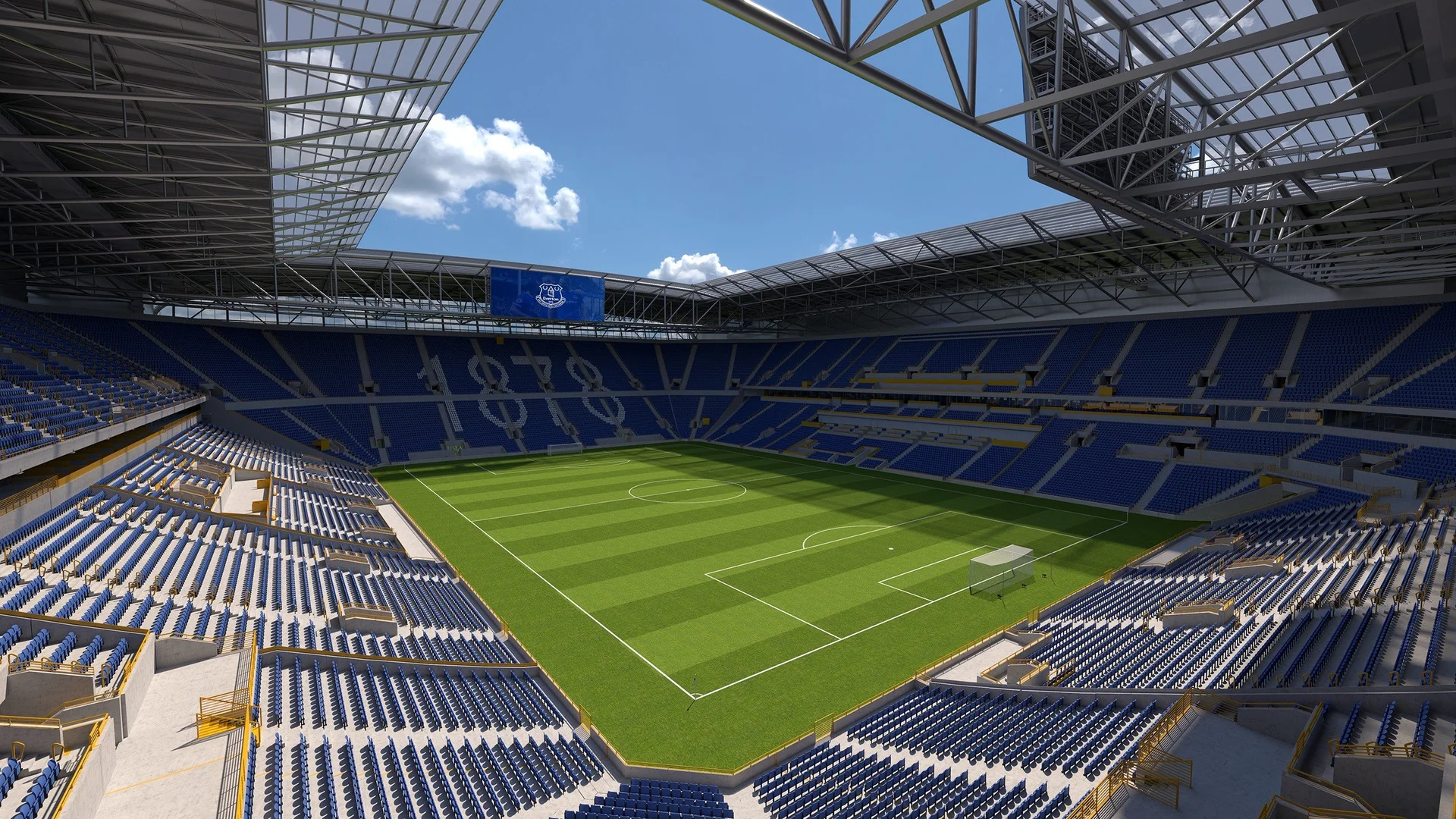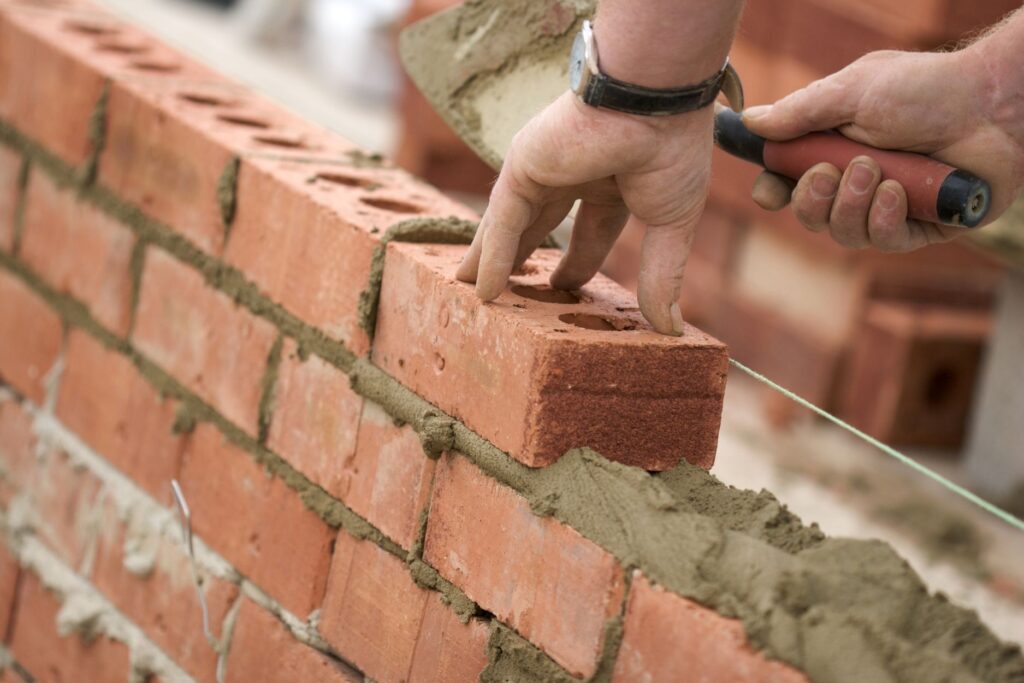The city of Liverpool is on the brink of a transformative era with the construction of Everton Football Club’s new stadium at Bramley-Moore Dock.
This state-of-the-art venue, set to open for the 2024-2025 season, is more than just a football ground; it represents a significant economic, cultural, and social milestone for the city. In this article, we will explore the multifaceted impact of the new stadium on the Liverpool buy-to-let market and delve into how it will specifically affect the buy-to-let property market.
A New Era for Everton and Liverpool
Everton’s decision to build a new stadium stems from the need to modernize and expand beyond the limitations of their historic Goodison Park. The new 52,888-seater stadium at Bramley-Moore Dock is designed to be a beacon of modern engineering, sustainability, and community engagement. The project, led by the renowned construction firm Laing O’Rourke, promises to blend architectural elegance with cutting-edge facilities, ensuring a world-class experience for fans and visitors alike.
Economic Boost and Job Creation
The economic implications of the new stadium are profound. Analysts estimate that the project will contribute approximately £1.3 billion to the UK economy over its lifecycle, with Liverpool being the primary beneficiary. During the construction phase, thousands of jobs have been created, ranging from specialised engineering roles to local community services. This job creation is expected to continue as the stadium becomes operational, with Everton planning to double its stewarding workforce.
Moreover, the stadium’s ability to host a variety of events beyond football matches, such as concerts and community gatherings, is projected to attract an additional 1.4 million visitors annually. This influx of visitors will undoubtedly boost local businesses, tourism, and hospitality sectors, creating a ripple effect of economic growth throughout the city.
Urban Regeneration and Infrastructure Development
The location of the new stadium at Bramley-Moore Dock is strategically significant. This area, part of Liverpool’s historic waterfront, has long been underutilised. The stadium project is a catalyst for urban regeneration, breathing new life into the docklands and surrounding neighborhoods[1]. The development is expected to spur further high-quality developments, including residential, commercial, and leisure facilities, enhancing the overall appeal of the area.
Impact on the Buy-to-Let Property Market
The new stadium’s influence extends beyond the immediate vicinity, significantly affecting Liverpool’s buy-to-let property market. Here are some key aspects of this impact:
- Increased Property Demand The influx of visitors, workers, and new residents drawn by the stadium and associated developments will drive demand for rental properties. Areas surrounding Bramley-Moore Dock, including the L1, L3, L6, and L7 postcodes, are expected to see a surge in demand. These areas are already known for their high rental yields, with L1 offering yields of 9.36% and L6 and L7 providing yields of 11.52% and 11.79%, respectively. The stadium’s presence will likely enhance these figures, making them even more attractive to investors.
- Capital Appreciation Property values in the vicinity of the new stadium are anticipated to rise due to the area’s regeneration and increased desirability. The combination of improved infrastructure, enhanced amenities, and the prestige associated with living near a landmark development will contribute to steady capital appreciation. Investors can expect significant returns on their investments as property prices climb in response to the heightened demand and improved living conditions.
- Tenant Demand and Stability The stadium’s multifaceted use as a venue for sports, concerts, and community events ensures a steady stream of potential tenants. This diverse tenant base, ranging from professionals working in the new developments to visitors seeking short-term accommodation, will provide stability and reduce vacancy rates. The enhanced appeal of the area will also attract long-term tenants, ensuring consistent rental income for property owners.
- Enhanced Community and Lifestyle The development of the new stadium is not just about economic and infrastructural improvements; it also aims to enhance the community and lifestyle of residents. The stadium will include public spaces, recreational facilities, and community engagement programs, fostering a sense of belonging and pride among residents. This improved quality of life will make the area more attractive to potential tenants, further boosting the buy-to-let market.
Sustainability and Long-Term Benefits
Sustainability is at the heart of Everton’s new stadium project. The construction incorporates eco-friendly practices, such as advanced off-site manufacturing techniques, reducing on-site waste and accelerating build times. The stadium is designed to meet modern environmental standards, ensuring long-term sustainability and minimal ecological impact. This commitment to sustainability aligns with the broader goals of urban regeneration and enhances the long-term appeal of the area for residents and investors alike.
The new Everton stadium at Bramley-Moore Dock is set to be a transformative project for Liverpool, bringing substantial economic, social, and cultural benefits to the city. The stadium’s impact on the buy-to-let property market is particularly significant, with increased property demand, capital appreciation, and tenant stability making it an attractive investment opportunity. As Liverpool continues to evolve and grow, the new stadium will play a pivotal role in shaping the city’s future, offering a blend of modern living, economic prosperity, and community engagement.
For buy-to-let investors, the time to capitalize on this opportunity is now. The combination of high rental yields, capital appreciation, and a vibrant, regenerated community makes the areas surrounding the new stadium a prime location for property investment. As Everton Football Club embarks on this new chapter, so too can investors look forward to a prosperous future in Liverpool’s dynamic property market.









